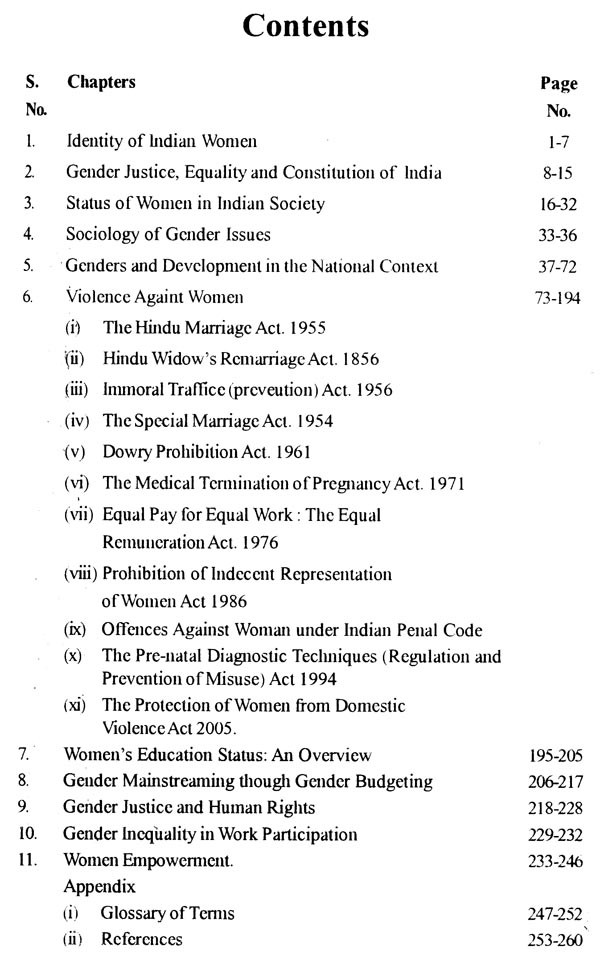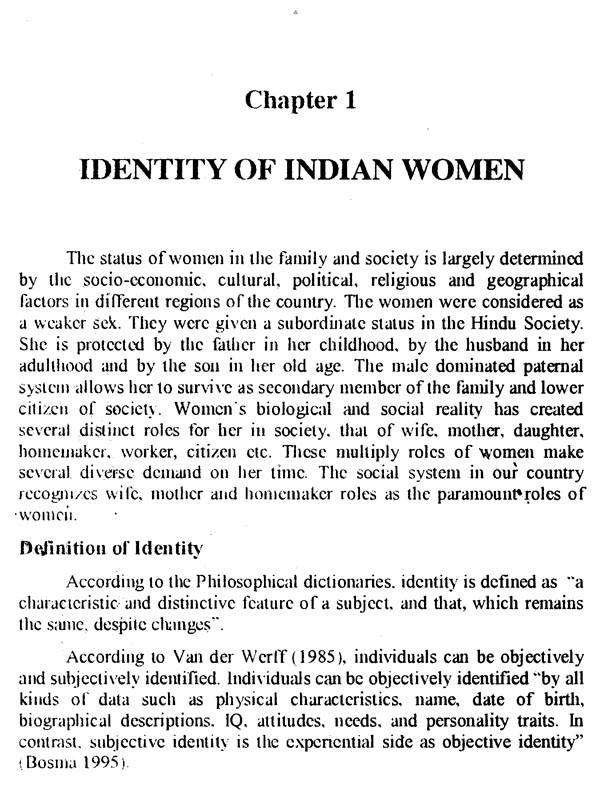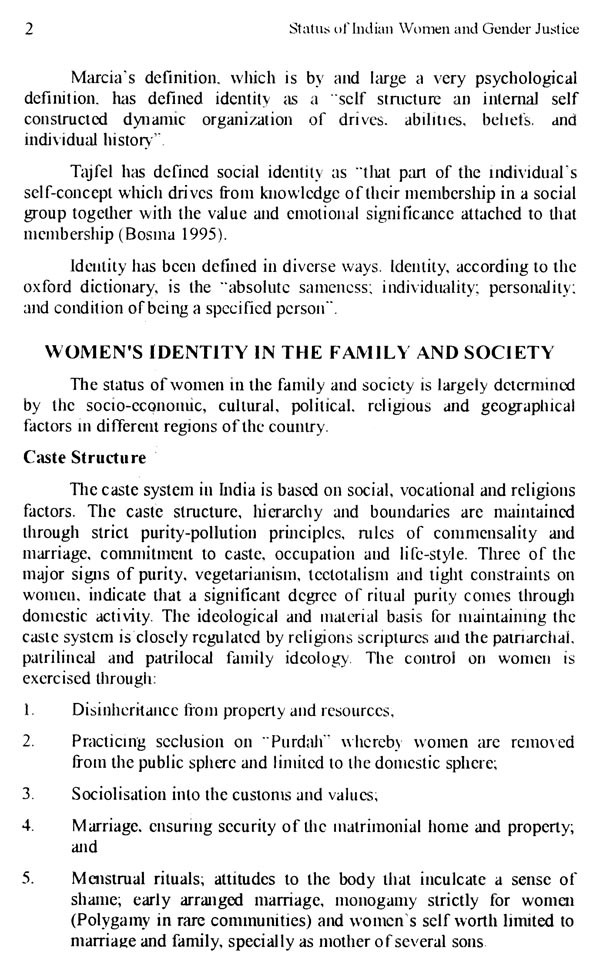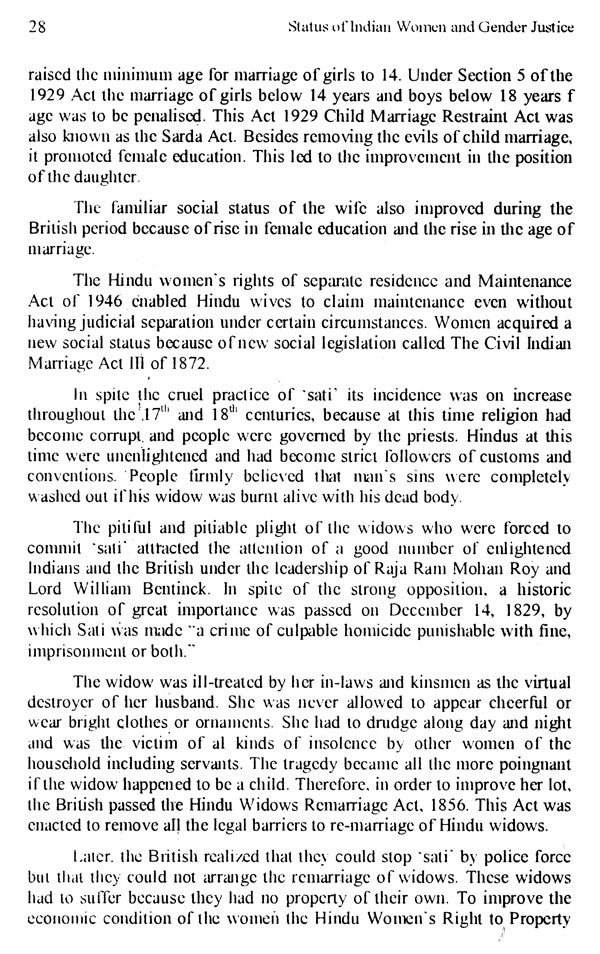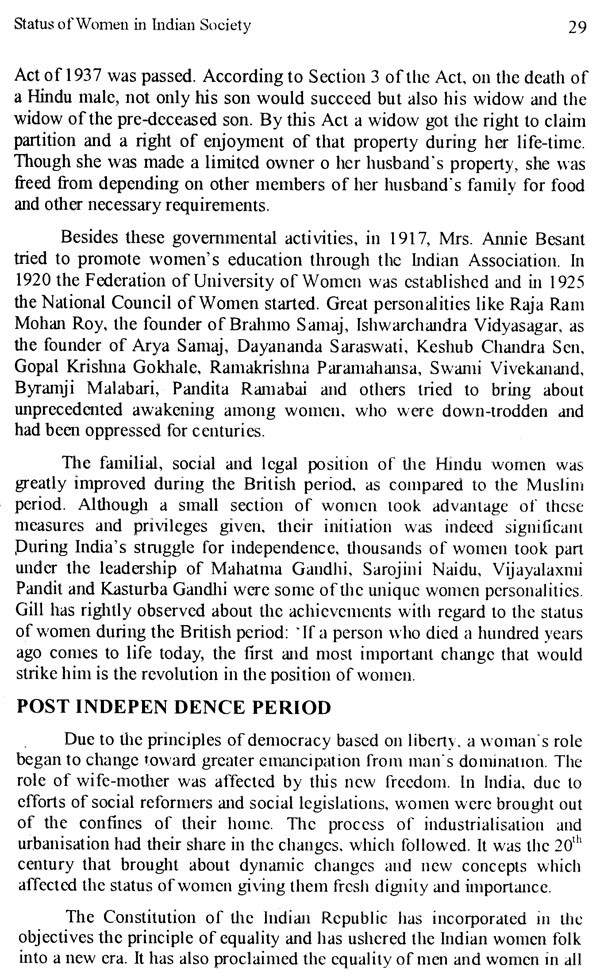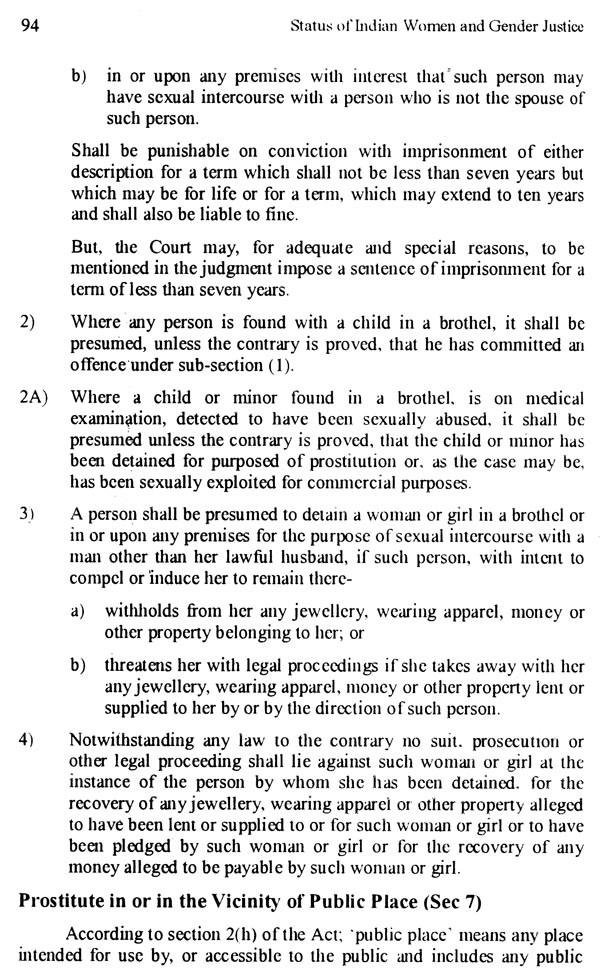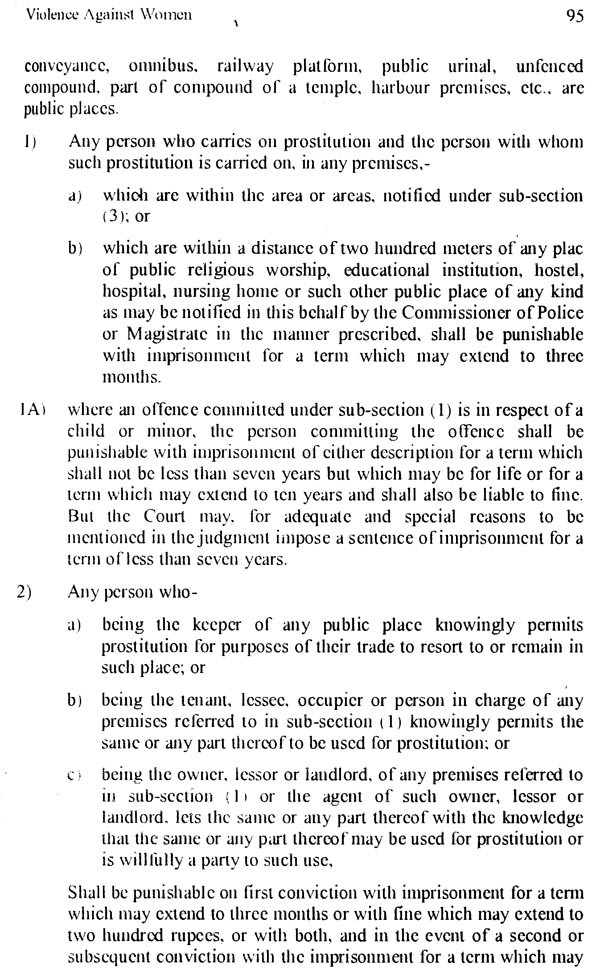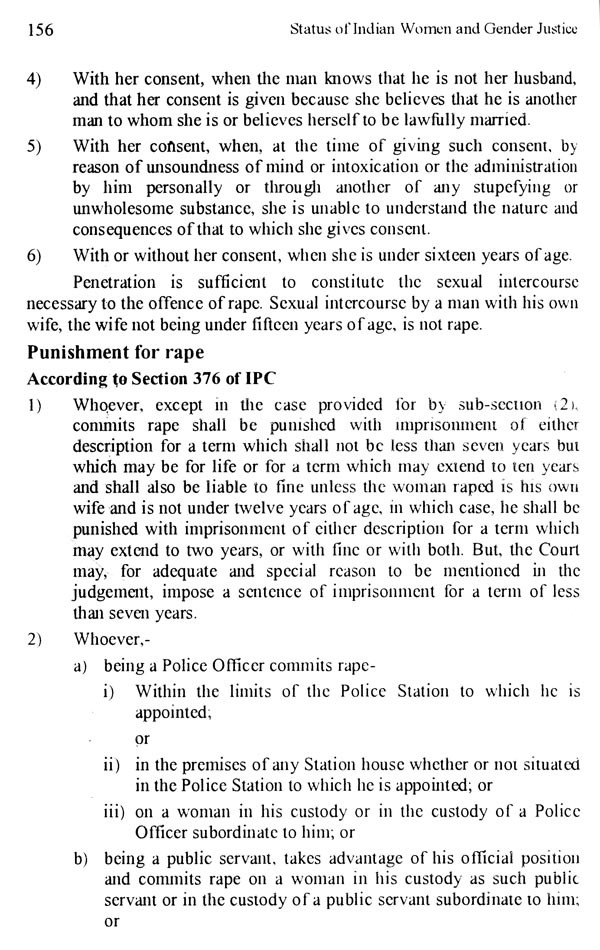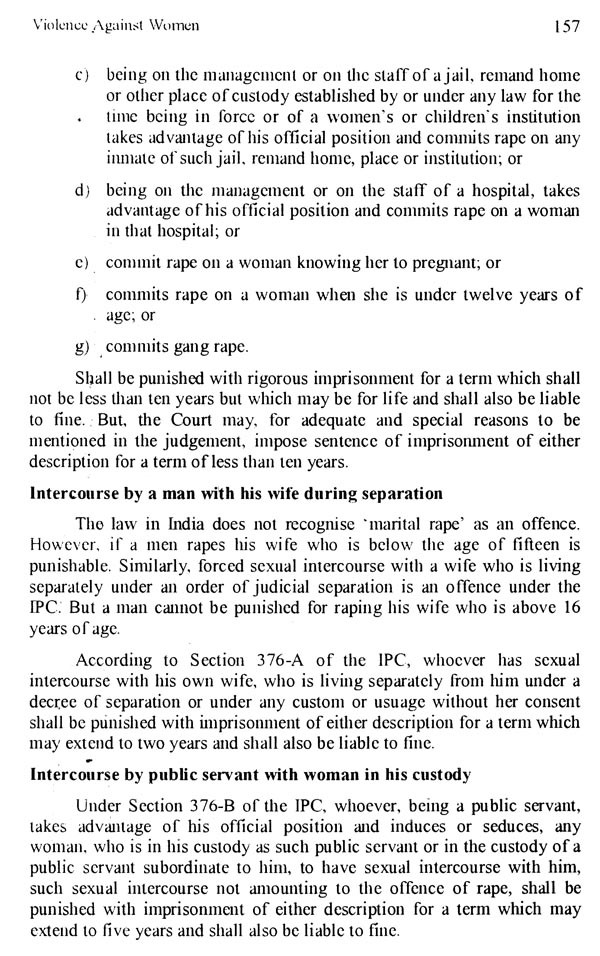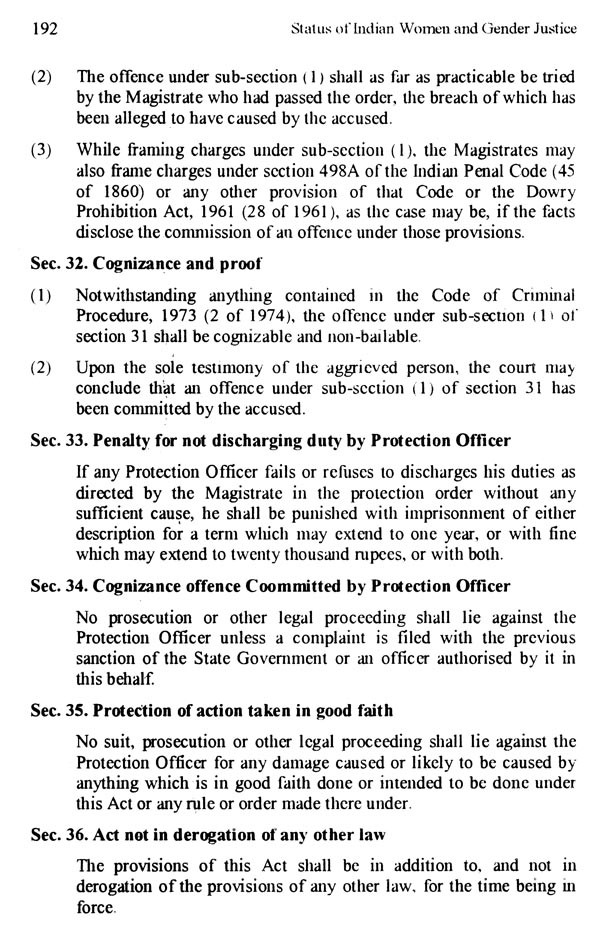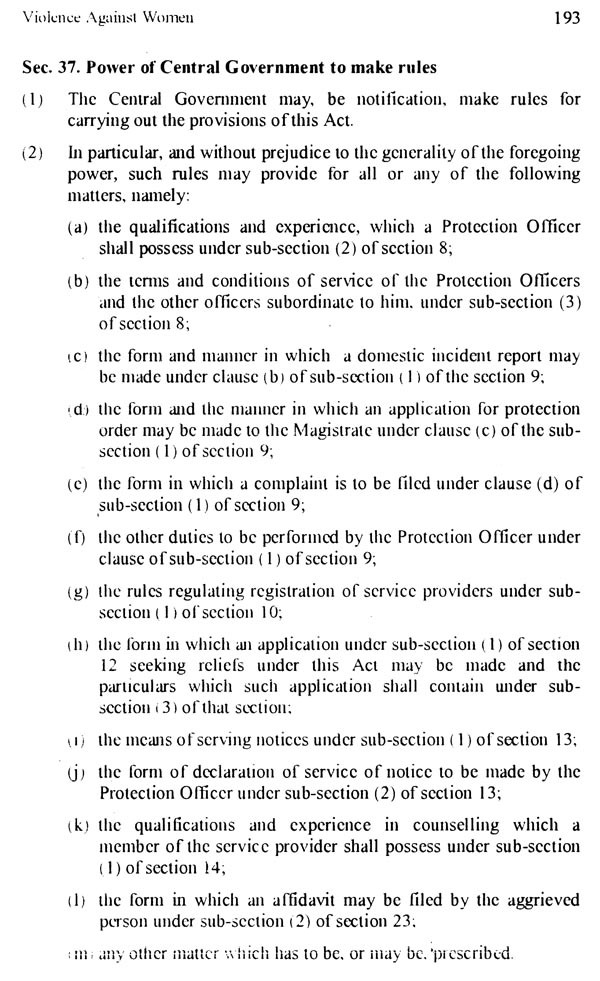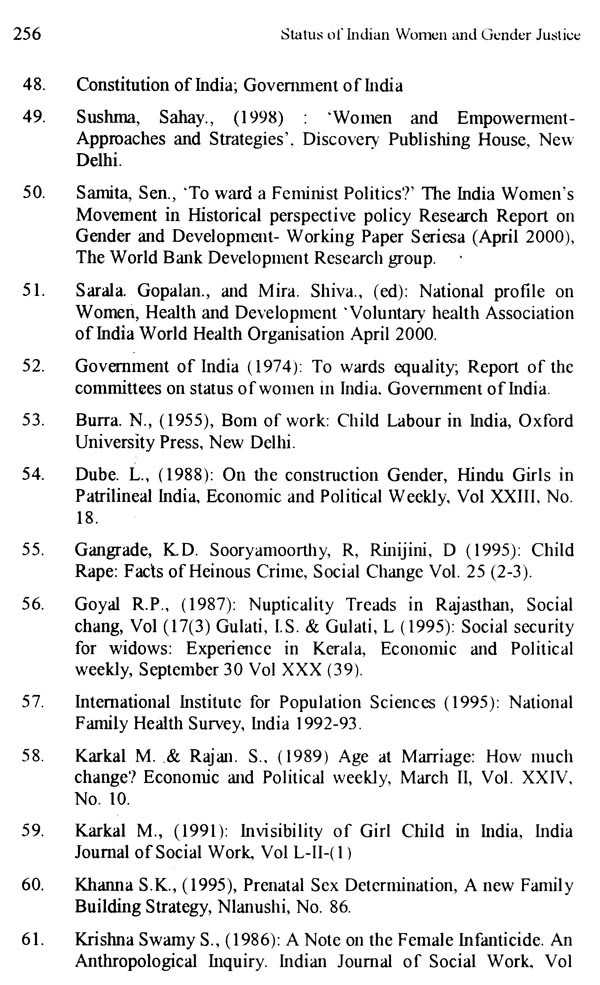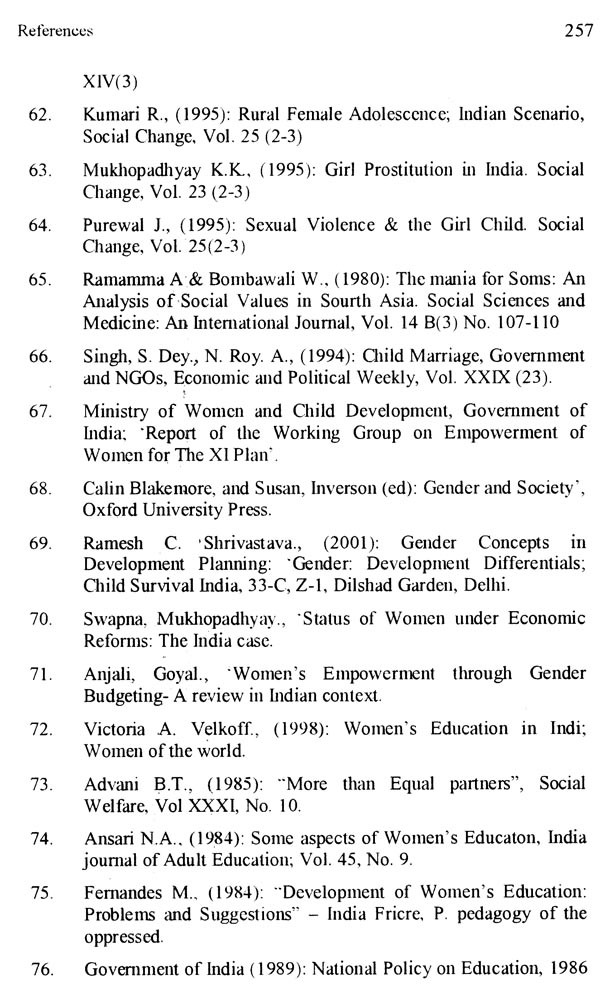
Status of Indian Women and Gender Justice
Book Specification
| Item Code: | UAC575 |
| Author: | Ramesh C. Shrivastava |
| Publisher: | Navjeewan Publication, Jaipur |
| Language: | English |
| Edition: | 2010 |
| ISBN: | 8182680557 |
| Pages: | 264 |
| Cover: | HARDCOVER |
| Other Details | 9.00X6.00 inch |
| Weight | 460 gm |
Book Description
This book explores the persisting gender inequalities and existing cultural beliefs and practices in Indian society.
This is an indispensable book for students, researchers and trainers who are engaged in gender studies. This book presents a rich background material with reference to gender equity and equality in India.
Ramesh C. Shrivastava is a Faculty Member in H.C.M. Rajasthan State Institute of Public Administration, Jaipur. He is recognized national trainer in various areas. Number of research papers have been published in reputed journals in his own credit. He has done many research studies in the rural development and Panchayati Raj, Gender Issues field. His areas of research, teaching and training, Gender Issues, Women Empowerment, Violence Against Women & Girl Child, Gender Budgeting, Rural Development & Panchayati Raj, Environment, Child Rights, Human Rights, Urban Development, Right to Information, Public Private Partnership and Disaster Management.
The decades after independence have been tremendous and historical changes in the Status of the position of women in Indian Society.
The Constitution of India, provides for equal right and privileges for men and women, and makes special provisions for women to help them improve their status in society. Besides also inspired by the work of social reformers of pre-independence India, the Govt. oldie undertook the task of consolidating the position and, status of women in society. It proposed a number of steps in this regard. Special provisions under the different plans have been made to uplift the position of women. Many socio economic programmes were also started under the plans. These programmes aim at providing special facilities to women for education, health, opportunities for gain full employment, and economic empowerment. The main purpose of the various programmes under the plans is to provide those essential services for women which are not available to them under the general development programmes.
The women still have been denied their due place in the economic, social and political. The social legislations and social. economic programmes for women in India have not succeeded in loosening the hold of traditional oriental thinking and mores. Economic development is the main good of a society. A country can achieve development to the fullest extent only if all the human resources in it are being utilized to the optimum level. The implies that both men and women must participate equally in achievement of this goal. Women’s participation in work is important from the point of view of their status and personal achievement also. They must enter the work force in all societies on an equal footing with man and get integrated into the all work. Much of the decision, making has rested with men, women being left out as if it were normal has increased the social, educational and cultural gap between women and man and his hindered development of the nation. A multi - sectoral approach was adopted during the sixth plan for women's development and for the first time a coordinated picture to provide a nodal point on matters like protection to women against discrimination, exploitation etc. and various labor legislations \ ere amended to safeguard the interest of women and provide for their welfare.
During the Seventh Plan greater stress was laid on the generation of both skilled unskilled employment and promotion of proper education and vocational training and benefits from laws were to be made equitable mad practical. The Eighth Plan extended the reach of services to women both quantitatively. The objectives of the plan was to remove the socio - cultural and administrative constraints to realize their full potential and bring in greater social awareness of'their contribution to national well being.
The Ninth Five Yet Plan provides the basis for women empowerment.
Till' issue or women's empowerment focused that share common concerns till call be emphasizes only by working together to achieve gender equality. The Government of India has undertaken services of initiatives. In 19<) 2 the National Counission on women as set up to oversee the Constitutional and legal safeguards of women's rights and privileges. But India is J male dominated society the greatest handicap to women is the lack of security. economic, social political and legal. but we have not paid much attention to the problems of upfilling the status of women in the society.
\'hat the national required today is socio - economic and political development of the country with women. The equality and dignity of women shall have 10 be maintained at any cost to sack their full co-operation in the process of nation building. To improve position and status of women in the society the major responsibility lies with the public at large.
This book would not have been possible in the present form without the SUppOJ1 and encouragement from family members, friends, and colleagues. My family members, my wife Dr. Meenakshi Shrivastava, Daughter Juhi Shrivastava and Ketaki Shrivastava have shown a lot of patience and have always been a source or encouragement and support or the entire period. I was busy with the completion or this book. T appreciate and thank them for their patience and help.
I am highly grateful to Shri Parash Chand Jain Navjeewan Publications Jaipur for bringing out the book in its present form and that too within short possible time.
Book's Contents and Sample Pages
